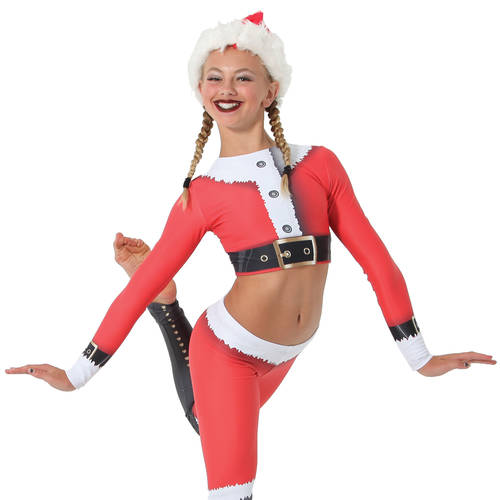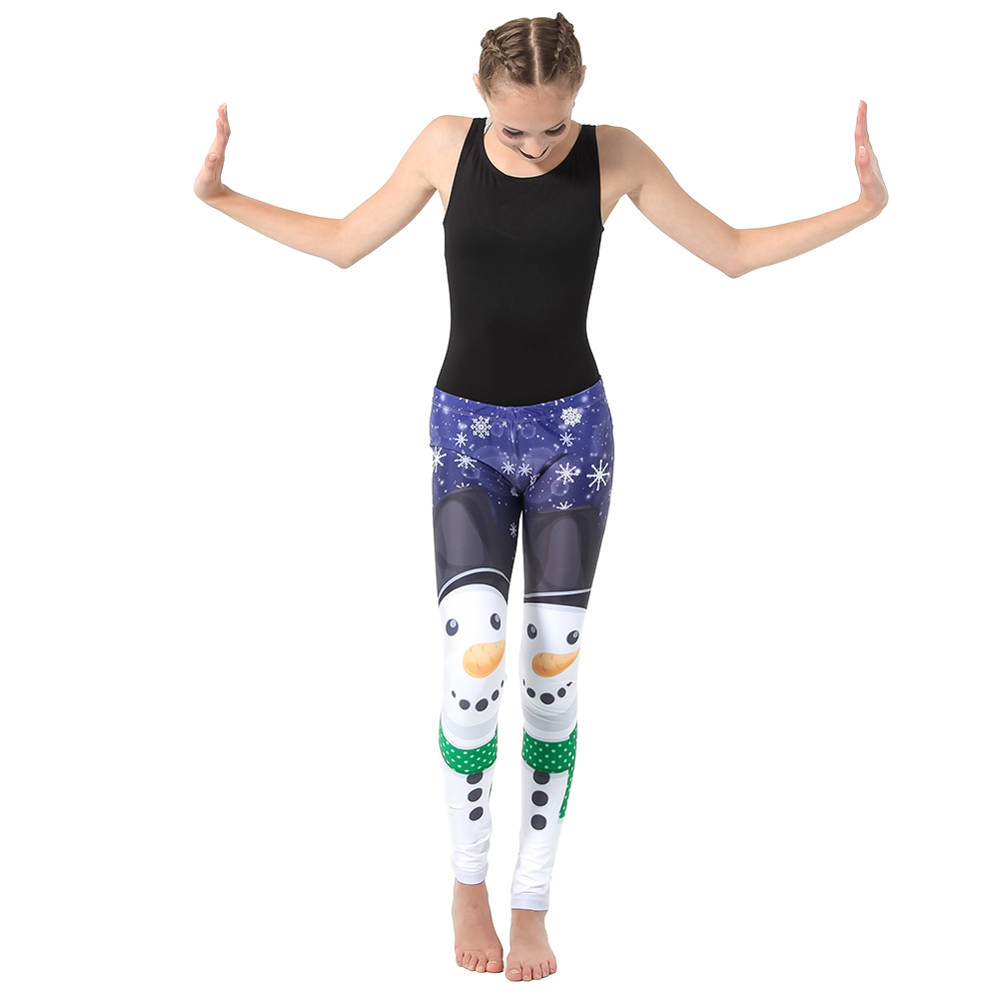Dance Talk
Our dance season never ends. Learn dance tips from the best.
Preparing Your Winter Dance Outfits


As a dancer, cold weather is not your friend. Not only does it feel uncomfortable, but it also makes muscles and ligaments tight, which can put you at an increased risk for injury. It can lead to sprains, strains or even just simply more soreness than usual. That means now's the time to put away those dance shorts. If you don't, your extremities -- that means your legs and arms -- could bear the brunt.
When it comes to being in cold weather, your body actually reacts differently than it does during milder temperatures. When it's cold outside, your body works to protect the precious and life-sustaining organs -- the heart, kidneys, lungs, etc. -- while taking energy and blood flow away from arms, legs and other extremities to do so. That explains why your toes, fingertips and nose get so cold. They're not getting the blood supply they're used to.
The lesson here? It's vitally important for dancers to prepare winter dance outfits for the season ahead so that your bodies are well-protected and at less risk for injury. Here are a few tips for doing that:
Chuck the dance shorts for winter gear

You need to make sure you have the right gear to stay warm during winter. Those dance tights, leotards and dance shorts aren't going to cut it when it's frigid or snowing outside. So make sure you have the right items in your wardrobe to prepare for the upcoming winter. These can include many different options, such as dance sweatshirts and dance pants, leg warmers, shrugs, and socks if your class doesn't require shoes.
Layering is essential
You need to stay warm on your way to dance class. But once you're there and working away, you heat up quickly. What can you do? The key is proper layering. For instance:
- Your bottom layer should include your leotard and dance shorts or tights.
- The next layer on top of that should be a long-sleeved dance sweatshirt that keeps your upper body warm.
- For the bottom part of your body, dance pants should be utilized. On days that aren't frigid, you can opt for leg warmers instead.
- A shrug can also be helpful when it's too hot for a sweatshirt, but you need something more than just your leotard.
- For days that are freezing, make sure you have a warm enough winter coat. The longer the better to protect your legs from the cold.
- If you don't have to wear shoes to class, make sure your warm-up gear includes socks.
Invest in quality boots or waterproof shoes
As a dancer, your feet are one of your most important assets. That's why it is vital to protect them. When there's six inches of snow on the ground, or freezing rain, an old pair of sneakers just isn't going to cut it. Make sure you protect your feet with good quality winter boots or waterproof shoes. It's important not only to ensure your feet stay dry, but warm, as well.
Remove layers as you warm up
Once you start to warm up and work in class, start removing layers. If you don't, your body could overheat, causing heat exhaustion and other issues, such as dizziness. Just make sure that once you're ready to go back into the cold, you protect your body -- especially those extremities -- by bundling up once again.
Now that you know how to prepare your winter dance wardrobe for the weather ahead, here are some additional tips for managing through frigid weather:
- Never skip stretching or warming up. This is always important before you dance, but even more so when the temperatures are cold outside. During winter months, many dancers feel stiffer than usual, making stretching and warming up for longer critical in order to stay in good shape.
- Eat right. During cold weather, your body is burning more calories in an effort to stay warm. That's why it's vital that you sustain a healthy diet. If you don't, your body will lose heat and energy more readily.
- Stay hydrated. In winter, it's much easier for dancers to get dehydrated. You simply don't feel the heat and the thirst that prompts you to take a swig from your water bottle. It's therefore important to make a focused effort to drink plenty of water throughout class, even if you don't feel thirsty.
- Consider taking a supplement. During spring, summer and fall you're outside a lot and exposed to plenty of sunlight. Your body gets an ample amount of Vitamin D, as a result. That's not so once the temperatures drop, which is why you should talk to your doctor about taking Vitamin D during the winter months. This particular nutrient is vital in order for your body to absorb enough calcium to promote healthy bone growth.
- Know your body and respect it. Your needs as a dancer are different from a fellow classmates. So if you feel better and more flexible after longer warm-ups, then don't think you have to cut your warm-ups short just to keep up with another dancer. Healthy dancing always puts safety first. That's why it's so important to get to know what works for your unique body and then respect those demands.
- Take a break. As the temperatures drop, your performance schedule heats up, from winter classics to Nutcracker performances. When you go to these, make sure you don't simply wear your recital costumes and dash inside the venue. It's still important to bundle up and stay warm, even if you're just outside for a minute. It's also important to take breaks when you can. An intense schedule, like the one many dancers have throughout winter, can put you at an increased risk for exhaustion and illness.
Winter is coming. If you don't have cold weather dance wear, then now is the time to get it. Those dance shorts and recital costumes will not keep you warm in the middle of January. Instead, invest in the proper attire and keep your body well-protected and healthy no matter how cold outside it gets. When you do, you'll be able to keep dancing -- and twirling and whirling -- in the studio and on the stage all winter long.

Follow Us
Follow Us online, join our conversations, engage with our teams around the world!